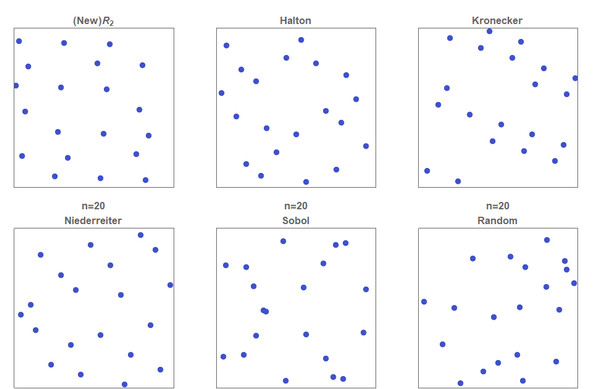@jasoncoon of Evil Genius Labs sent me his new 8x8x8 LED Cube. This is a volumetric display made of 512 WS2812 LEDs and a PixelBlaze inside a frosted acrylic box. It was a kit; I soldered and assembled it over the last two days. The PixelBlaze came with many preprogrammed effects, including these three.
It looks even better in person -- the camera oversaturated on the bright parts.
